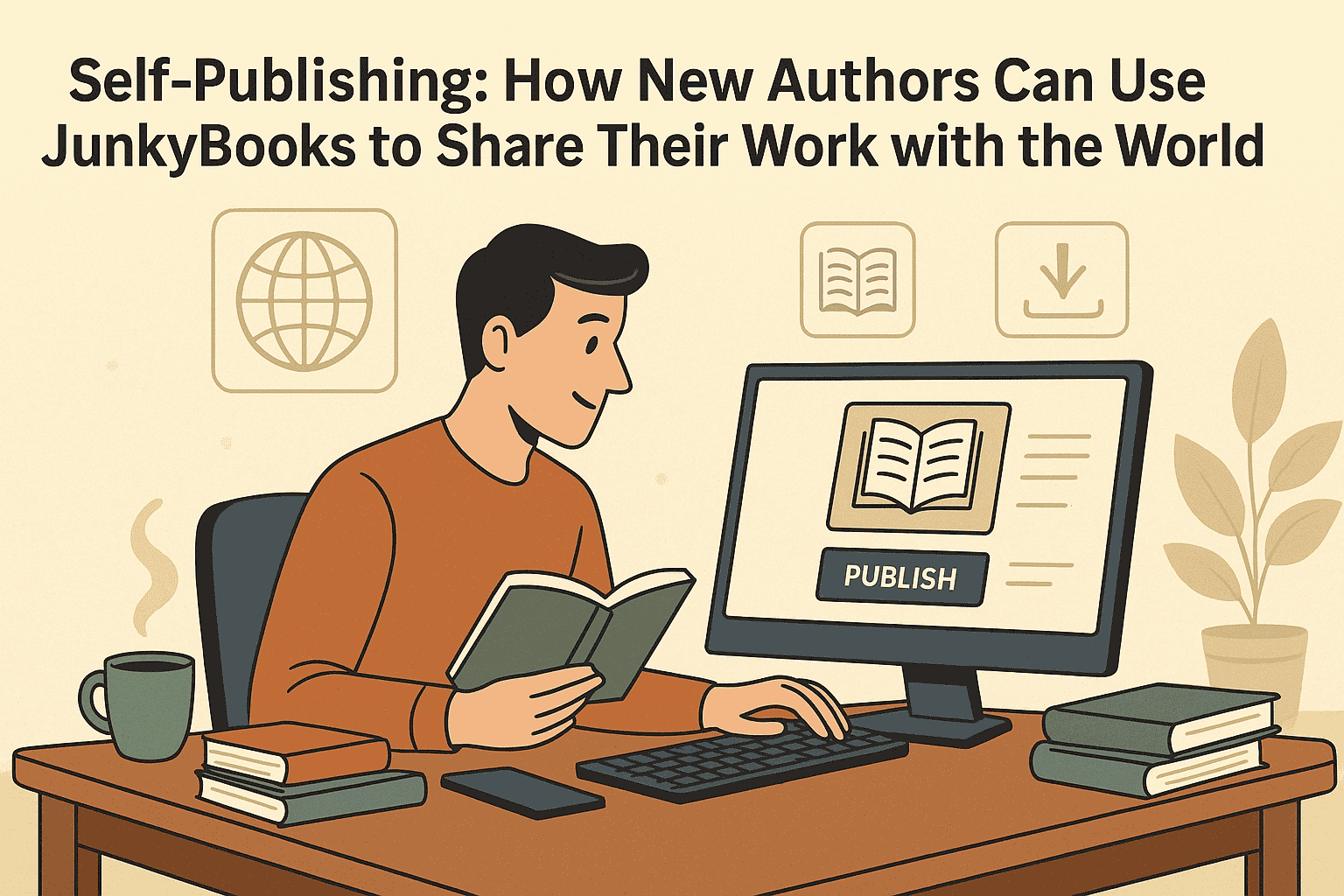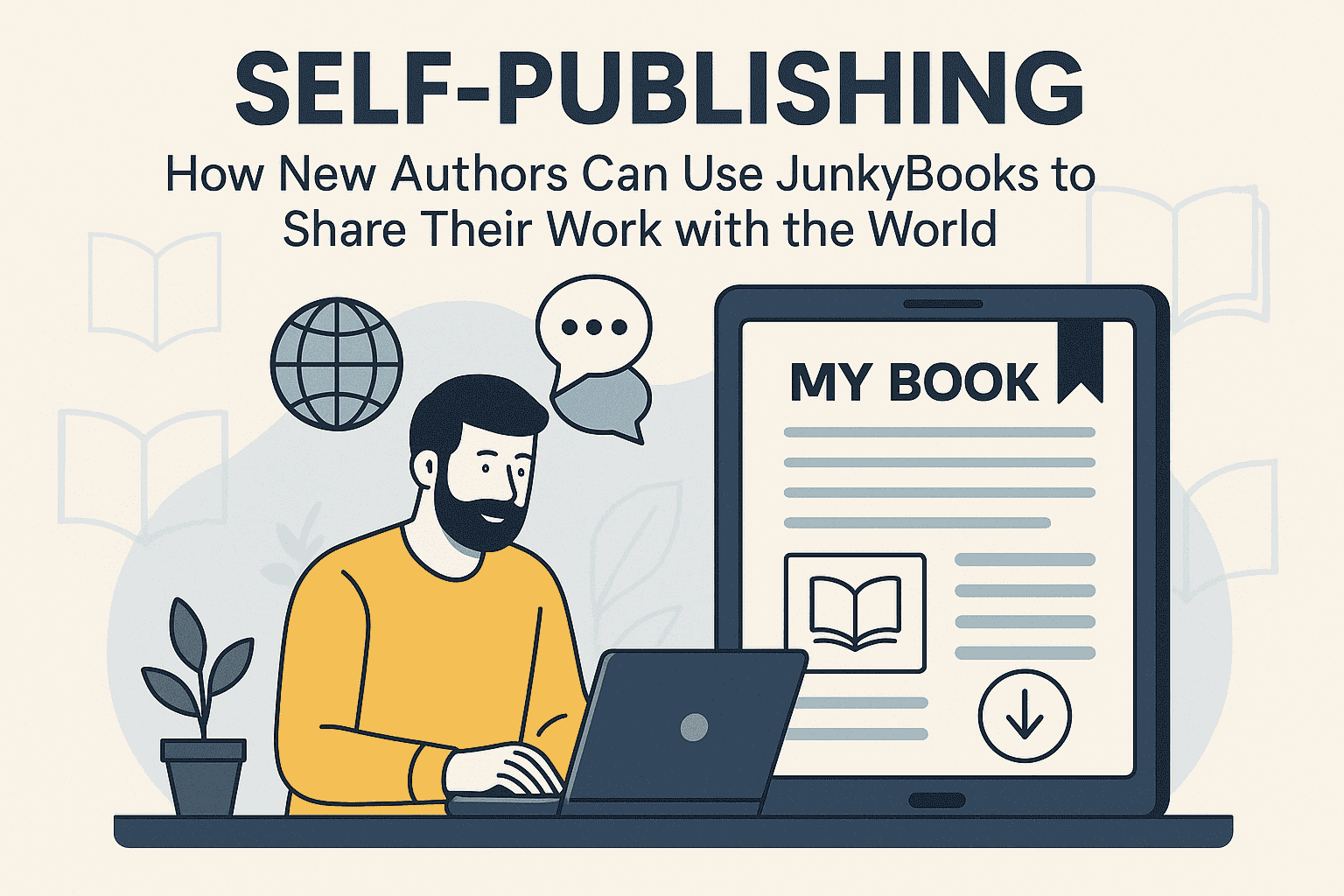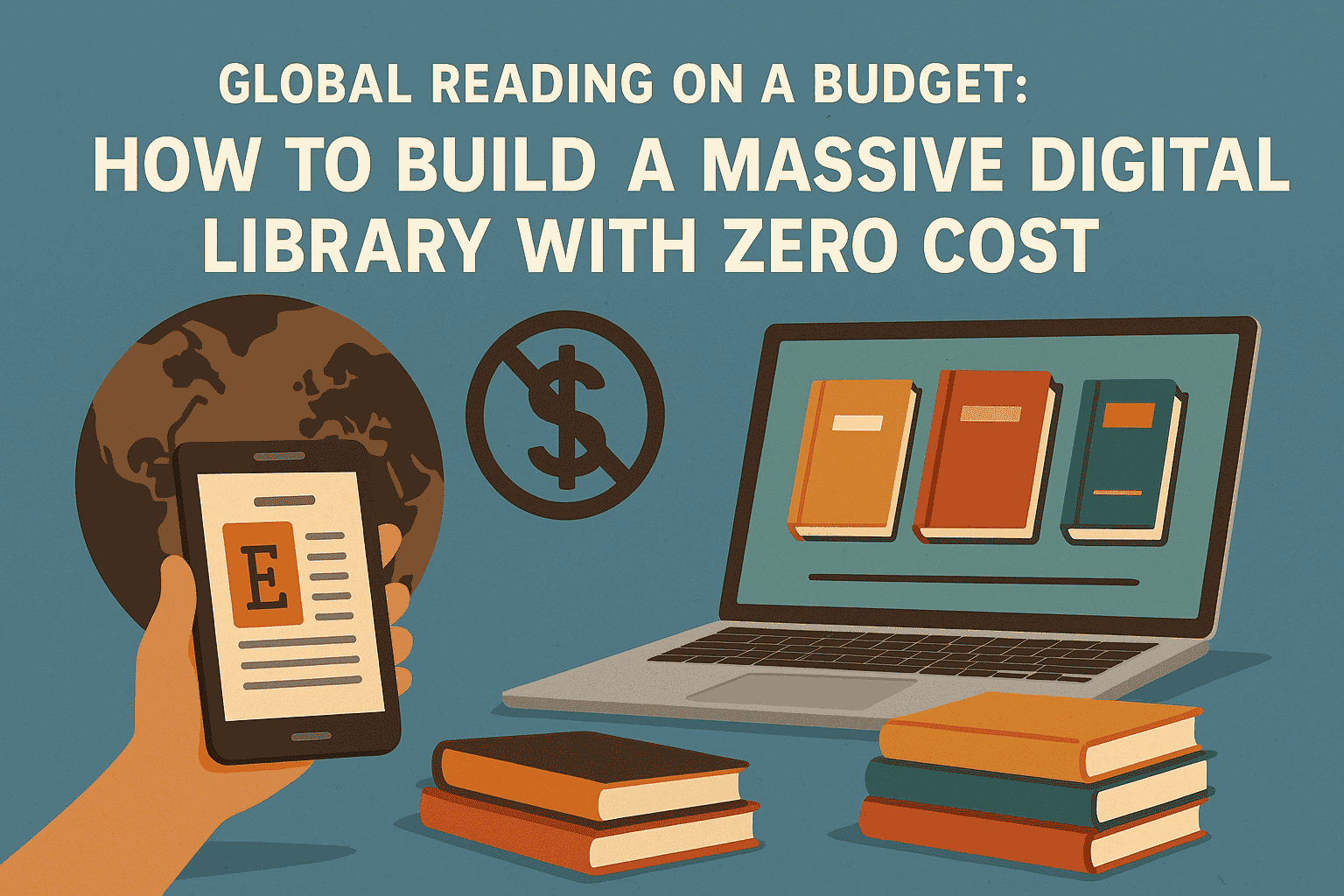The Rise of the Self-Made: Fictional Entrepreneurs Who Built Empires
In the world of literature, the journey of building something from nothing has always captured the imagination of readers. Fictional entrepreneurs, with their relentless drive, visionary thinking, and occasional ethical dilemmas, mirror the real-world stories of ambition and innovation.
These characters rise from obscurity to create empires, often facing insurmountable odds and societal resistance. Through their stories, readers gain insight into the grit, determination, and creativity required to forge one's path in the competitive world of business.
The Visionaries: Dreamers Who Defied the Odds
One of the most iconic fictional entrepreneurs is Jay Gatsby from The Great Gatsby by F. Scott Fitzgerald. Gatsby's meteoric rise to wealth is shrouded in mystery and speculation, but his grand ambition and unyielding drive are undeniable. Although Gatsby's business dealings are less than transparent, his lavish parties and luxurious lifestyle symbolize the heights of entrepreneurial success in the Roaring Twenties. His story serves as both an inspiration and a cautionary tale about the cost of ambition when fueled by obsession.
Another literary example is Charles Strickland in The Moon and Sixpence by W. Somerset Maugham. Although more of an artist than a traditional entrepreneur, Strickland’s obsession with creating something unique and impactful reflects the entrepreneurial spirit. His complete disregard for societal expectations and unyielding focus on his craft mirror the kind of tunnel vision often necessary for breakthrough innovation.
The Builders: Crafting Empires from the Ground Up
Fiction is filled with characters who embody the spirit of the self-made entrepreneur, building empires from nothing but ambition and tenacity. In Atlas Shrugged by Ayn Rand, Hank Rearden is portrayed as a self-made industrialist whose relentless work ethic and innovative thinking help him dominate the steel industry. Rearden’s journey is emblematic of the entrepreneurial ideal: the belief that hard work and innovation can overcome any obstacle.
Similarly, in The Fountainhead, also by Ayn Rand, Howard Roark’s determination to revolutionize the field of architecture showcases the spirit of unwavering commitment to one's vision. Roark’s refusal to compromise his ideals, even in the face of societal rejection, speaks to the essence of entrepreneurship—believing in your idea even when no one else does.
The Innovators: Disrupting Industries Through Fiction
Literature also explores the disruptive power of innovation through fictional entrepreneurs. In Jurassic Park by Michael Crichton, John Hammond’s visionary thinking leads to the creation of a dinosaur theme park—a groundbreaking, albeit dangerous, business venture. Hammond’s ambition to push scientific boundaries for profit illustrates both the thrill and peril of disruptive innovation.
In Ready Player One by Ernest Cline, James Halliday is the creator of the OASIS, a sprawling virtual reality universe. Halliday’s entrepreneurial spirit and creative genius drive the development of technology that reshapes society. His story is a testament to the impact of technological innovation and the ways in which one visionary idea can transform entire industries.
Lessons from Fictional Entrepreneurs
The rise of fictional entrepreneurs provides more than just entertainment; it offers valuable lessons for real-world business ventures:
Vision is Everything: Characters like Howard Roark and Hank Rearden demonstrate that unwavering belief in one’s vision is crucial for success.
Adaptability and Risk: From John Hammond’s daring creation of Jurassic Park to Jay Gatsby’s mysterious business empire, risk-taking is an inherent part of entrepreneurial success.
Resilience Against Adversity: Most fictional entrepreneurs face significant setbacks. Their ability to push forward despite challenges is a key takeaway for real-world business owners.
Ethical Considerations: Gatsby’s illicit dealings and Hammond’s disregard for safety in pursuit of innovation highlight the moral dilemmas that often accompany rapid growth.
The Influence of Fiction on Real-World Entrepreneurship
The narratives of fictional entrepreneurs do more than inspire; they shape perceptions of business and innovation. Many real-world entrepreneurs cite literary characters as influences on their ambitions. The stories of self-made success resonate because they simplify the often chaotic journey of building something from nothing into narratives of vision, struggle, and triumph.
Moreover, literature serves as a safe space to explore the consequences of ambition and ethical decision-making. Through the mistakes and victories of fictional characters, readers can reflect on their own business practices and aspirations without facing real-world consequences.
Final Thoughts
The rise of the self-made entrepreneur in fiction mirrors society’s fascination with ambition, innovation, and the idea of building something extraordinary from humble beginnings. Characters like Jay Gatsby, Howard Roark, and John Hammond embody the spirit of enterprise, demonstrating that success is often born from vision, risk, and relentless drive. Through their stories, literature not only entertains but also inspires readers to dream bigger, work harder, and pursue their entrepreneurial ambitions with unyielding determination.






